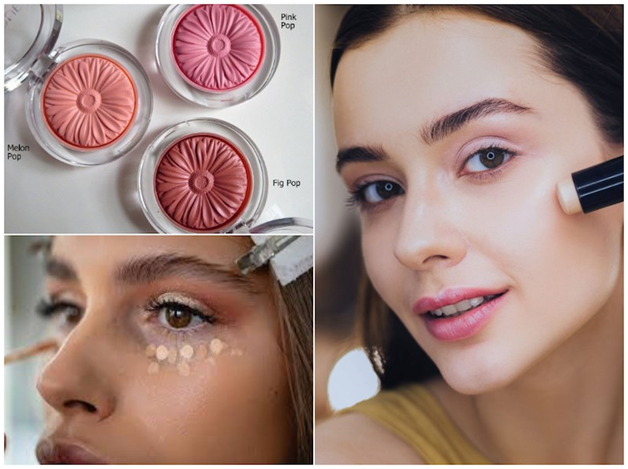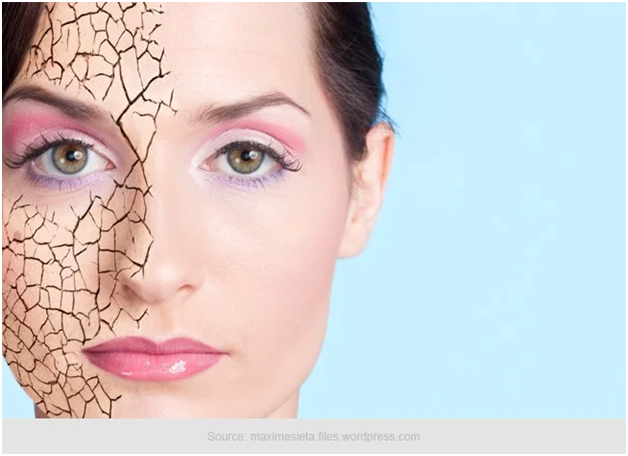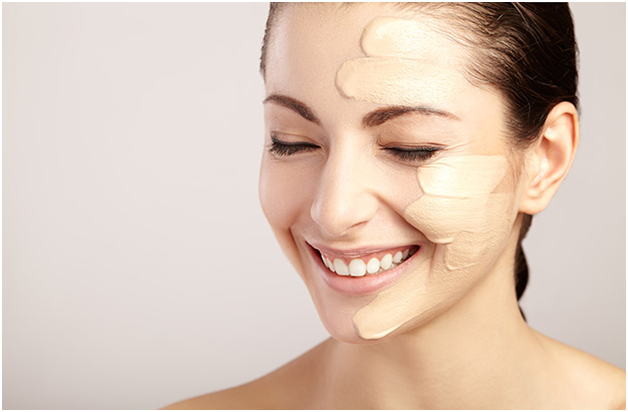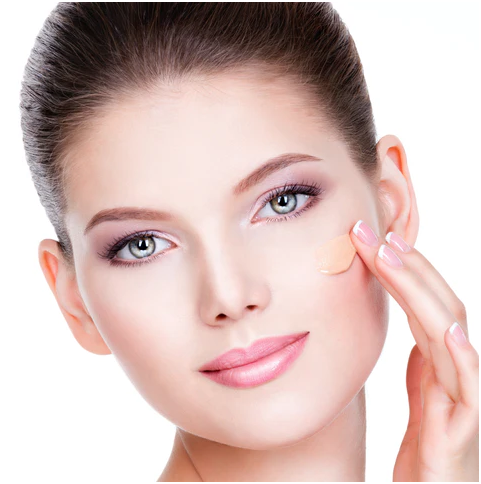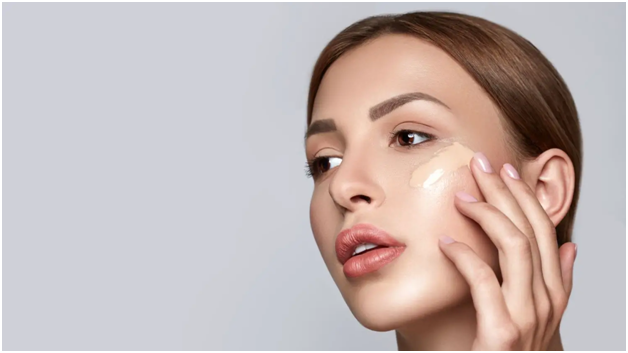Table of Contents
When it comes to makeup, understanding your skin type is key to choosing the right products. And getting the results you want from this.
Different skin types and a few makeup tips for each.
Normal skin:
Normal skin has a well-balanced, smooth texture and small pores. It has a nice appearance and is neither too dry nor too greasy. People with normal skin can usually use a variety of makeup products. Choose a lightweight foundation or tinted moisturizer for a natural look.
Choose products that add radiance to your skin without being greasy.
Here’s a step-by-step guide on how to apply makeup on normal skin.
1. Cleanse and moisturize
2. Even out your skin tone
3. Concealer for targeted coverage
4. Set with powder (optional)
5. Add color to your cheeks
6. Enhance your eyes
7. Define your brows
8. Add a natural lip color
9. Set your makeup
Don’t forget to thoroughly remove makeup with a mild cleanser at the end of the day. Follow a regular skincare routine to take care of your skin by clearing, hydrating, and protecting it from the sun.
Dry Skin:
Dry skin lacks moisture and is prone to sagging and peeling. It may wrinkle and look dull. It is important to pre-moisturize the skin when applying makeup. Use a moisturizer suitable for dry skin before applying makeup. Avoid powder products
As they can further dry out your skin. Instead, opt for a liquid or cream foundation and cream blush for a healthier glow.
Here’s a step-by-step guide on how to apply makeup on dry skin:
1. Prep your skin
2. Moisturize
3. Primer for added moisture
4. Liquid or creamy foundation
5. Concealer for targeted coverage
6. Cream-based blush and highlighter
7. Set lightly
8. Hydrating setting spray
Don’t forget to take care of your skin with a mild makeup remover, and thoroughly follow your daily routine to keep your skin moist and healthy.
Oily Skin:
Oily skin produces excess sebum, which is prone to oily sheen, enlarged pores, and breakouts. The key to managing oily skin with makeup is controlling shine and preventing clogged pores. I start with a blurry background to create a soft canvas. Choose an oil-free or water-based foundation labeled “matte” or “long-wear.” Set the foundation with a light powder with the addition of oil. Use products that do not contain oils or minerals to avoid clogging your pores.
Here is a step-by-step guide on how to apply makeup for oily skin.
1. Prep your skin
2. Use a mattifying primer
3. Choose an oil-free foundation
4. Set with powder
5. Blotting papers
6. Avoid heavy, creamy products
7. Set your makeup
8. Touch-up as needed
Remember to remove your makeup thoroughly at the end of the day using a gentle cleanser.
Combination Skin:
Combination skin has oily areas and combination skin has dry areas. Generally, the T-zone (forehead, nose, chin) is oily and the cheeks are dry. Balanced makeup for combination skin takes care of both oily and dry areas. Apply Mattifying T-Zone Primer before applying the foundation. Apply a lightweight foundation or tinted moisturizer to your cheeks to avoid highlighting dry patches. Use powder for oily skin and avoid powder for dry skin. The skin may peel further.
Here is a step-by-step guide on how to apply makeup to combination skin.
1. Cleanse and moisturize
2. Use a mattifying primer
3. Choose a suitable foundation
4. Concealer for targeted coverage
5. Set with powder strategically
6. Add color to your cheeks:
7. Eye makeup and brows
8. Lip color
9. Touch-up as needed
Wash your face thoroughly at the end of the day and follow a regular skincare routine tailored to the specific needs of combination skin.
Sensitive Skin:
Sensitive skin is prone to irritation, redness, and allergic reactions. It’s important to choose makeup products that are formulated specifically for sensitive skin and are free of harmful chemicals, fragrances, and dyes. Choose products that are hypoallergenic and non-comedogenic. Before using any new product, do a skin test to avoid side effects. Mineral makeup and natural or organic brands tend to tolerate sensitive skin better.
Here are some makeup tips for sensitive skin:
1. Choose gentle and hypoallergenic products
2. Patch test new products
3. Cleanse your face with a gentle cleanser
4. Use a soothing moisturizer
5. Apply minimal makeup
6. Avoid heavy coverage
7. Conceal with care
8. Use non-irritating brushes and tools
9. Remove makeup gently
10. Listen to your skin
Remember, everyone’s skin is different, and what works for one person may not work for another.
Regardless of your skin type, it’s important to wash your face before applying makeup and remove it thoroughly at the end of the day. Also, for the best quality and safety, always check the expiry date of the product and replace it if necessary.
FAQ: Frequently Asked Questions
1. Is it good for your skin?
Ans: Yes, it’s not totally bad but you should check whether the products suit you or not.
2. Can I apply makeup daily?
Ans: Well, you shouldn’t use makeup products regularly as it has various side effects. But if you choose skin-friendly products and follow some healthy skin care routine, then yes, you can apply light makeup daily.
3. Is makeup harmful for oily skin?
Ans: No, there are various products which are made for oily skins.
4. Can I get acne breakouts after applying makeup?
Ans: Well, some products can cause acne. Avoid using harsh ingredient makeup products to avoid such problems.
5. How to prevent acne breakouts after applying makeup?
Ans: Use lightweight foundation and always clean your face with any foaming face wash to avoid getting acne breakouts.
See also




